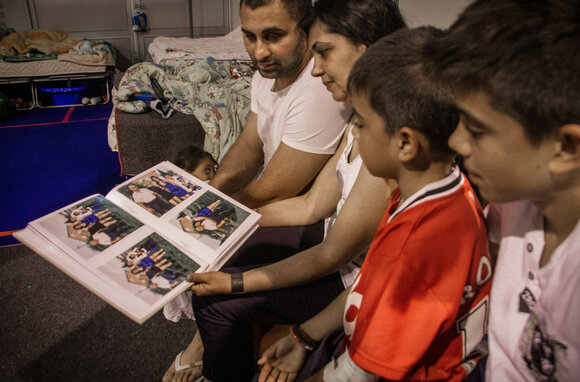
This page contains documents and other resources related to children's care in Europe. Browse resources by region, country, or category.
This page contains documents and other resources related to children's care in Europe. Browse resources by region, country, or category.
Displaying 1311 - 1320 of 3444
This study examined 20 recent serious case reviews that had taken place in England where neglect was a feature. The purpose of this study is to explore the barriers which exist for social workers in England in identifying and responding to neglect in a timely, appropriate and effective manner.
In this study, the authors extracted information about children's statements from court file data of 220 child protection cases in Germany.
This article from STV describes the history of the Independent Scottish Care Review, including the advocacy of looked-after young people featured in a STV documentary whose efforts led, in part, to the call for the Independent Review.
This article from BBC News tells the story of siblings who were separated by Scotland's care system and highlights findings from the recent Independent Care Review in Scotland which revealed the "profound and lifelong consequences" of sibling separation.
In this video, the First Minister of Scotland, Nicola Sturgeon, issues a statement on the publication of the final report of the Scottish Independent Care Review.
This paper explores the potential of data linkage to contribute to understanding interactions between care proceedings and care demand, the examination of changes in practice through the analysis of cohorts of children in the care system, or receiving services, and the provision of feedback to those working in the family justice system on the outcomes of care proceedings for children in the UK.
The Outcomes for children before and after care proceedings reform study linked administrative records with a research database of care proceedings to examine children's care and service journeys associated with care proceedings in England and Wales.
This article from BBC News presents the findings and recommendations of the Independent Scottish Care Review, which was welcomed by Nicola Sturgeon, the First Minister of Scotland, upon its launch on 5 February 2020.
According to this article from the Herald, the Independent Scottish Care Review has calculated that the cost of the care system letting down children and their families is £1.6 billion.
This article from Tes highlights some of the key findings and recommendations from the Scottish Independent Care Review, which calls on "schools to stop excluding looked-after children and avoid reductions in these pupils' timetables that mean they are 'denied their rights to education,'” says the article.